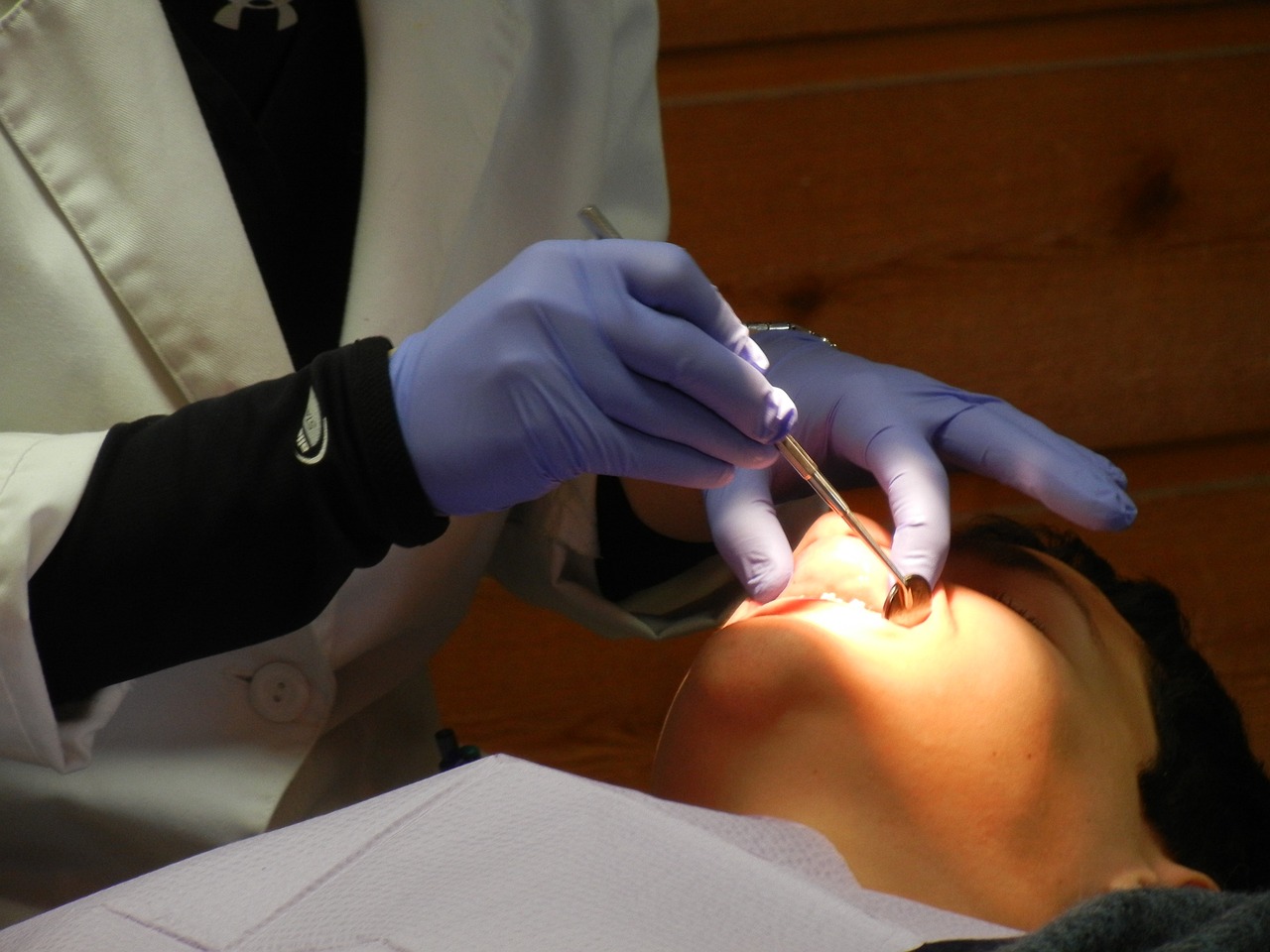What to Expect in Periodontitis Treatment – A Patient’s Guide
Alright, hearing the word periodontitis can send a little shiver down your spine, right? It sounds a bit scary, but here’s the truth—it’s way more manageable than it sounds.
And guess what? By looking into treatment, you’re already one step ahead! So, let’s take a deep breath and break this down. No confusing dentist-speak, just a friendly chat about what you can expect.
Step 1: Getting to Know Your Gums
Before diving into treatment, the first thing your dentist or periodontist will do is check out the state of your gums. Think of it like a health check-up for your gums, mixed with a little detective work to figure out what’s going on. Here’s the deal:
- A good ol’ inspection: The dentist will look at your gums to see if they’re red, swollen, or bleeding. They’ll also check if they’re pulling away from your teeth (gum recession) or if you’ve got any funky pockets of bacteria hiding out.
- X-rays: These bad boys help uncover any bone loss that might be happening underneath. You might not feel it, but it can be happening without you even noticing.
- A chat: This is your chance to ask questions and make sure you’re on the same page. Your dentist will explain what they’ve found and what your treatment options are. Don’t be shy about asking questions—this is all about your health.
Once that’s done, your dentist will outline a treatment plan. If you’ve got a bit of gum disease, don’t stress—this is totally treatable.
Step 2: Deep Cleaning Time (Scaling & Root Planing)
Now that you know what’s going on, it’s time to get cleaning. And we’re not talking about your usual toothbrush routine here. This is a deep clean, and it’s all about tackling that stubborn plaque and tartar that’s making your gums unhappy.
- Scaling: This step is where your dentist will remove all that plaque and tartar that’s built up below your gumline. It’s like scrubbing away all the gunk you can’t see with your regular cleaning.
- Root Planing: Sounds like something out of a sci-fi movie, right? But it’s just smoothing out the roots of your teeth so bacteria have less chance of sticking around. This helps your gums heal and grab hold of your teeth properly again.
Depending on how much cleaning needs to be done, you might need just one visit or a few. Don’t worry about discomfort—your dentist will numb the area so you don’t feel a thing. It’s all about getting your gums back to their happy, healthy state.
Step 3: Follow-Up Chats with Your Dentist
The treatment doesn’t end after the cleaning. Periodontitis is a bit of a long-game situation, so you’ll need a few follow-up visits. Here’s what’s going to happen during these appointments:
- Healing check-ups: Your dentist will check how your gums are healing and whether they’re responding to the treatment.
- Measuring gum pockets: Your gums might have some pockets where bacteria love to hide, so your dentist will measure these to see if they’re shrinking.
- Adjusting the plan if needed: If you’re still having issues, your dentist might suggest antibiotics, additional cleanings, or other treatments. It’s all about getting your gums back to tip-top shape.
These follow-ups are crucial because they help ensure your gums continue to heal and stay healthy.
So… Will It Hurt?
Good news here—most people say the treatment isn’t super painful, just a bit uncomfortable. If you’re feeling nervous, no worries! Your dentist will likely use a local anaesthetic to numb the area, so it’s pretty smooth sailing. You might feel a little tender or sensitive afterward, but that’s nothing a warm bowl of soup and some over-the-counter pain relief can’t handle. And the good news? That discomfort won’t last long.
Step 4: Taking Care of Your Gums Post-Treatment
Now that the hard work is done, it’s time to look after those gums while they heal. You’re in the home stretch! Here’s what you need to do:
- Eat soft foods: For the next couple of days, take it easy on your gums. Go for soft foods like mashed potatoes, yoghurt, and soup. You don’t need to chew hard, so keep it gentle.
- Brush gently: Don’t go to town with your toothbrush just yet. Be gentle when brushing and avoid the gum line, especially where it might still be a bit tender.
- Use an antibacterial mouthwash: This will help keep things extra clean while your gums recover and heal.
- Watch for changes: If you notice anything unusual—like more bleeding or swelling—let your dentist know ASAP. It’s better to check than worry.
Step 5: Keeping Your Gums Happy for the Long Haul
Once your gums are on the mend, it’s time to maintain all that hard work. Here’s the key to keeping your gums healthy for the long run:
- Brush twice a day: Make sure you’re using a soft-bristled toothbrush and brushing gently along the gum line.
- Floss daily: Yes, it really does make a difference. It’s one of the easiest ways to keep plaque from building up in places your toothbrush can’t reach.
- Visit your dentist regularly: It’s not just about cleaning—your dentist will check on your gum health and make sure things are on track.
- Say no to smoking: If you’re a smoker, quitting will really help your gums recover and stay healthy. It’s one of the best things you can do for them.
You’ve Got This!
And there you have it! Periodontitis treatment is all about giving your gums a fresh start. With a little care, they’ll be healthy again in no time. The team at Primecare Dental NZ is here to help you every step of the way—because when it comes to your gums, we’ve got your back. Ready to take the first step? Book your appointment today!
